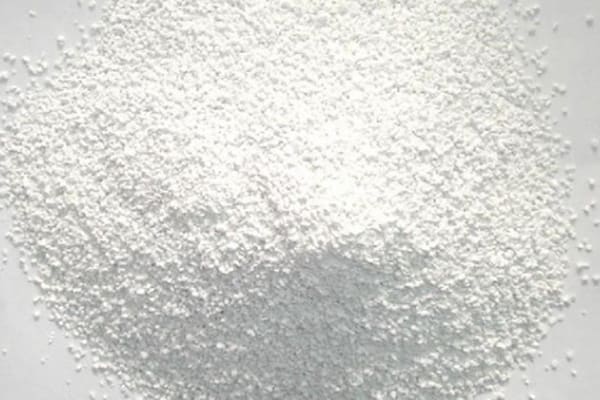Dicalcium phosphate, a common additive found in many products, often sparks questions about its origin. Is it a naturally occurring substance or a product of human synthesis? Let’s delve into the fascinating world of dicalcium phosphate and uncover the answer.
Understanding Dicalcium Phosphate
Dicalcium phosphate, also known as dibasic calcium phosphate or calcium mono hydrogen phosphate, has the chemical formula CaHPO₄. It’s a white powder that’s often used as a food additive, in toothpaste as a polishing agent, and as a biomaterial.
Natural vs. Synthetic: The Source of Dicalcium Phosphate
The short answer is both. While there are naturally occurring deposits of dicalcium phosphate, most of the dicalcium phosphate used today is produced synthetically.
-
Natural Dicalcium Phosphate:
- Monetite: This is a mineral form of dicalcium phosphate. However, natural deposits of monetite are relatively rare and small-scale.
- Bone-based: Historically, dicalcium phosphate could be obtained by roasting bones. However, due to concerns about impurities and the availability of alternative sources, this method is less common today.
-
Synthetic Dicalcium Phosphate:
- Chemical Synthesis: The majority of dicalcium phosphate is produced through chemical reactions. Often, this involves reacting phosphoric acid with calcium carbonate (limestone). This process offers a more controlled and consistent product compared to natural sources.
Why Synthetic Dicalcium Phosphate is More Common
- Purity: Synthetic dicalcium phosphate can be produced to a higher degree of purity, reducing the risk of contaminants.
- Consistency: Synthetic processes allow for more consistent product quality, ensuring that each batch meets specific standards.
- Cost-effectiveness: Large-scale production of synthetic dicalcium phosphate is often more economical than mining and processing natural deposits.
Uses of Dicalcium Phosphate
Regardless of its origin, dicalcium phosphate finds a wide range of applications:
- Food Additive: It’s used as a leavening agent, nutrient, and firming agent in various foods.
- Pharmaceuticals: Dicalcium phosphate is a common excipient in tablets and capsules, acting as a filler or binder.
- Dental Products: It’s used as an abrasive in toothpaste to help clean teeth.
- Agriculture: Dicalcium phosphate is a valuable source of calcium and phosphorus for livestock feed.
- Biomaterials: Its biocompatibility makes it suitable for use in bone grafts and other medical implants.
Safety and Regulations
Dicalcium phosphate is generally considered safe for human consumption and has been granted Generally Recognized As Safe (GRAS) status by the U.S. Food and Drug Administration (FDA). However, as with any substance, it’s important to use it appropriately and by regulations.
In conclusion, while there are natural sources of dicalcium phosphate, the vast majority of this compound used today is produced synthetically. This synthetic process offers several advantages, including higher purity, consistency, and cost-effectiveness. Regardless of its origin, dicalcium phosphate plays a vital role in a variety of industries and products.
Post time: Aug-22-2024











